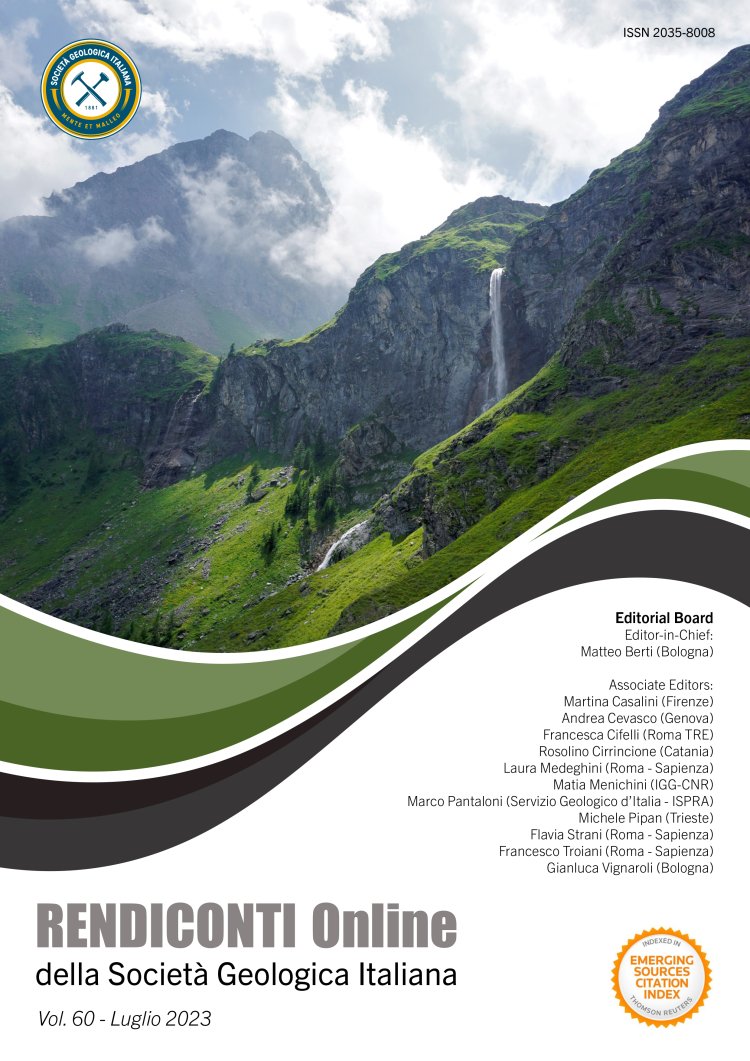

UAS-LC-GNSS: Precision Surveying with a Low-Cost GNSS System for Commercial Drones
Antonino Memmolo1, Nicola Angelo Famiglietti1, Raffaele Moschillo1, Carmine Grasso1 & Annamaria Vicari1
1Istituto Nazionale di Geofisica e Vulcanologia, Sezione Irpinia, 83035 Grottaminarda AV, Italy.
Corresponding author e-mail: antonino.memmolo@ingv.it
DOI: https://doi.org/10.3301/ROL.2023.37
Volume: 60/2023
Pages: 134-139
Abstract
INGV (National Institute of Geophysics and Volcanology, Italy) is one of the institutions that studies and monitors the geophysical phenomena (earthquakes, volcanic eruptions, landslides, etc.) that occur on Earth. During these events, it is essential to carry out a large, detailed and fast map of the affected areas.
If we think of the difficulties encountered during the mapping of the fault sources for the 2016 earthquake in central Italy, we can understand how the UAS (Unmanned Aircraft System) can be a valid “low-cost” alternative to the traditional methods of surveys.
These devices, thanks to precision instrumentation such as GNSS (Global Navigation Satellite Systems) receivers and IMU (Inertial Measurement Unit) control units, allow a detailed reconstruction of the investigated areas, especially for small-scale analysis applications. These aircraft are based on multiple technologies and show great investigative capabilities, therefore they must be considered as complete systems.
Starting from these concepts, we have developed a low-cost RTK/PPK (Real Time Kinematic/Post Processing Kinematic) GNSS survey system on “commercial” UAVs (Unmanned Aerial Vehicles), i.e. professional drones that are not created to be modified.
We have demonstrated how the integration of a GNSS RTK/PPK module on commercial UAVs makes the system efficient for the reconstruction of a highly detailed and precise DEM (Digital Elevation Model), without using GCP (Ground Control Point), allowing to make precision measurements in areas that are difficult to explore and investigate. Indeed, the altimetric trends of the PPK processing without GCPs are perfectly comparable with those of the PVs (Verification Points) deriving from RTK analysis and sshow small acceptable deviations. The height differences between PVs measurements and those deriving from the DEM in the same planar coordinates vary between a minimum of 1 cm and a maximum of 7.8 cm. Based on these results, we can state that the precision mapping with a drone equipped with an on-board GNSS module does not differ much from the technique that involves measuring GCP on the ground, in reality, it is comparable in terms of errors, even on the more difficult field of altitudes.
Keywords
Get Full Text